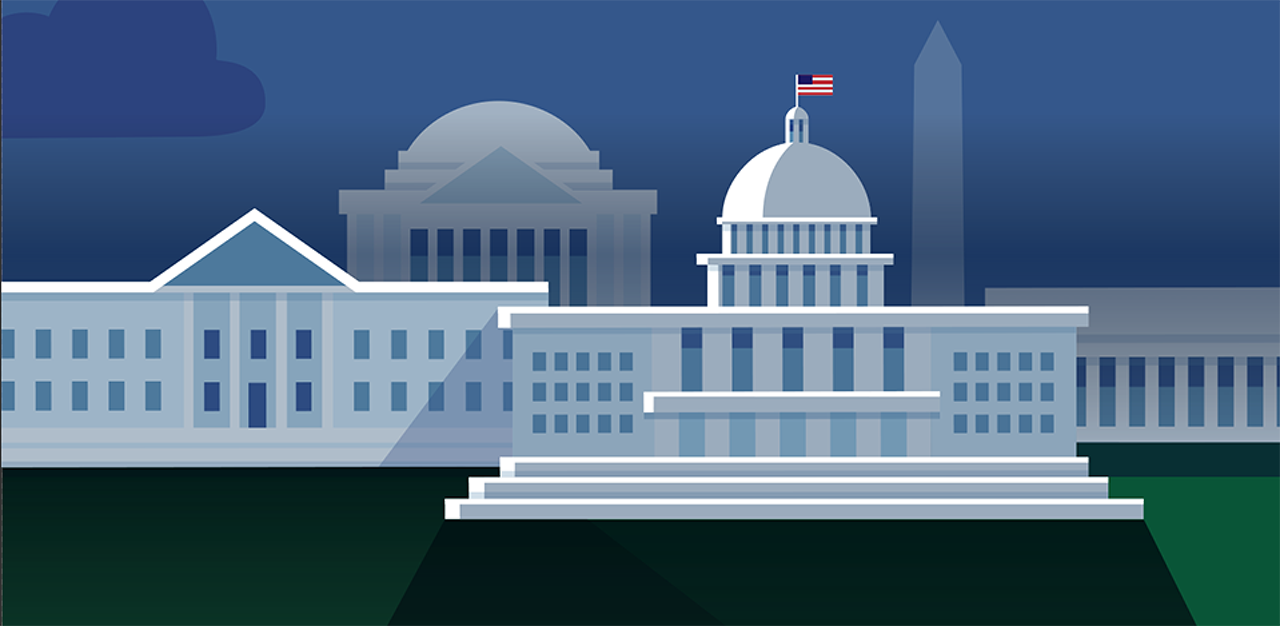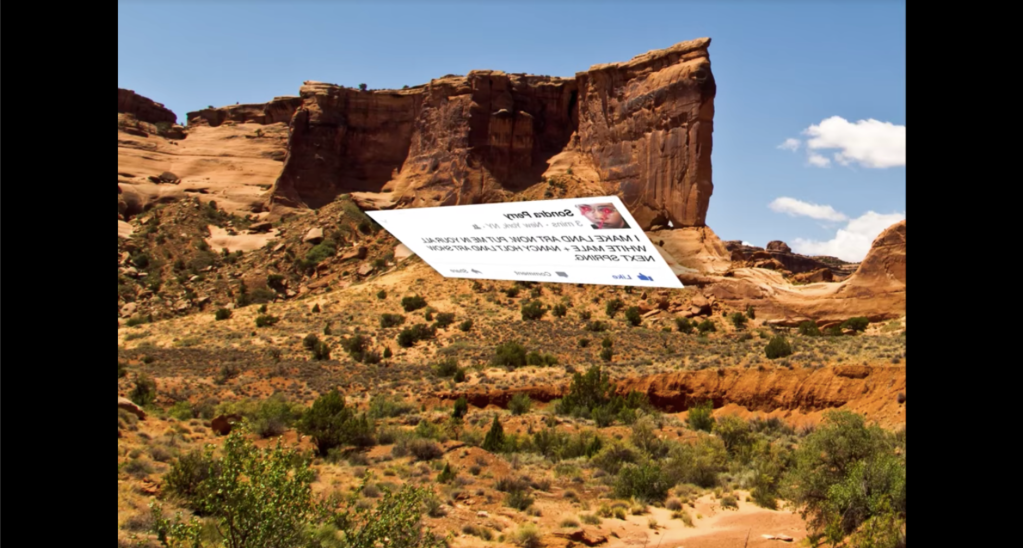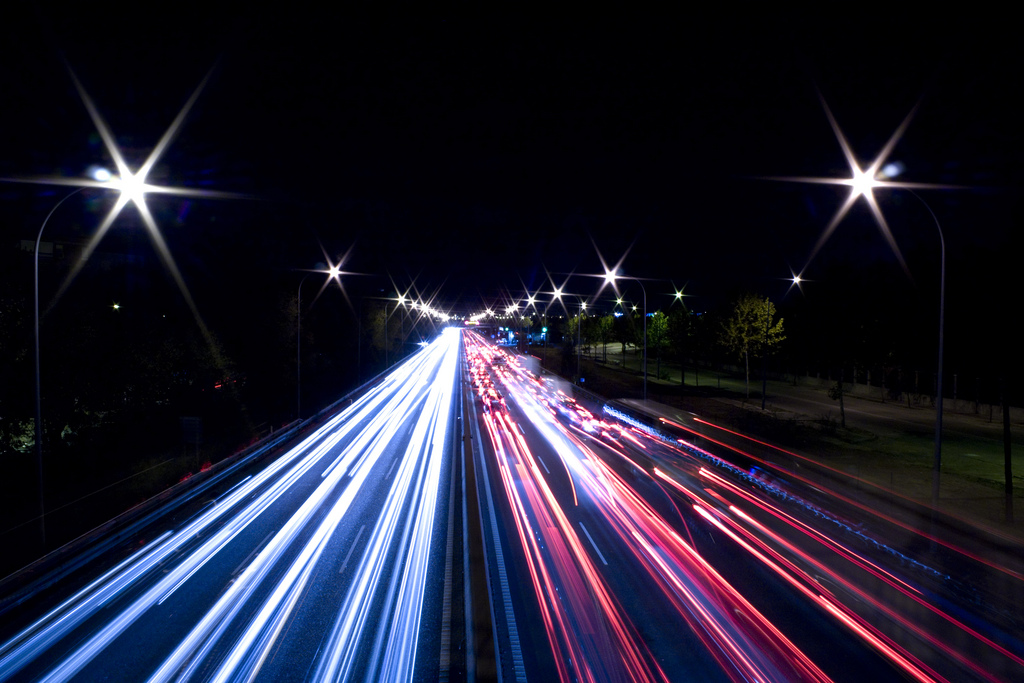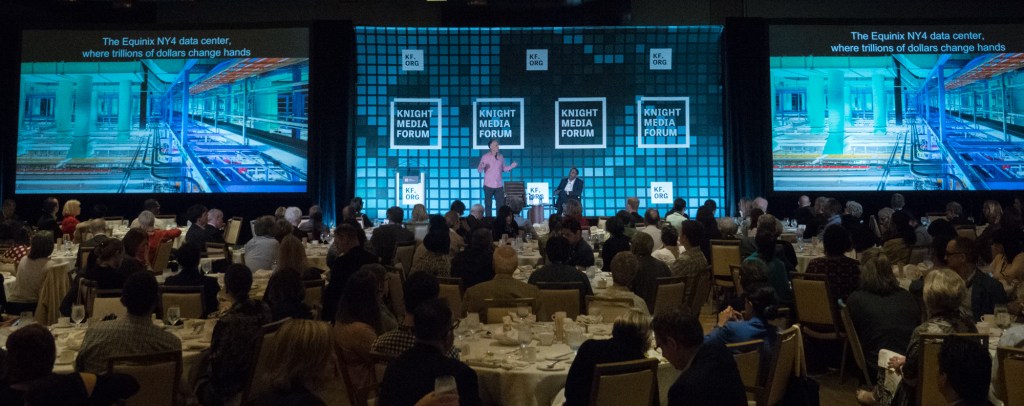
Bringing dark money out of the shadows
Anna Massoglia is political nonprofits researcher at the Center for Responsive Politics, a Knight News Challenge: Elections winner.

Click to enlarge image: DOWNLOAD: DARK MONEY INFOGRAPHIC.PDF
Today we’re officially launching our newly redesigned Dark Money section, DarkMoney.org, tracking the activities of politically active nonprofits that don’t disclose their wealthy corporate and individual donors to the voters they seek to influence. This is the first phase of our Knight News Challenge project, Inside the 990 Treasure Trove, aimed at providing the public, journalists and policymakers access to data on dark money groups and clear information about how these groups operate.
This first step structures the data in a way that makes it more comprehensible to users who are new to the subject of dark money. From here we move on to creating more dynamic tools and customizable downloads that will help experts and novices alike navigate, report on, and understand this complicated subject.
The impact of outside spending, particularly through nondisclosing groups such as 501(c)(4) “social welfare” organizations, continues to break records in the 2016 presidential election. Not only have these groups been spending more money than ever – three times more than at a comparable point in the record-setting 2012 elections – but for the first time, nine presidential candidates are known to have the backing of at least one dark money group that can accept unlimited, secret donations. One candidate has a 501(c)(4) established to oppose her run, and as the 2016 cycle unfolds, we will start to see congressional candidates gaining the support of such groups, if the trend in recent cycles is to hold.
For years, we at the Center for Responsive Politics have been building and growing our one-of-a-kind database tracking this dark money spending and probing the complex networks through which it flows. Now, thanks to the support of the Knight News Challenge and with our partners at GuideStar, we’re able to significantly expand our dark money databases and revamp how that data is presented on OpenSecrets.org. The goal is a site that provides users easy access and clear information about dark money’s impact on elections.
Overall, we’re seeking to increase the usability of our website, to expand the comprehensiveness of our databases, and to better inform and increase participation during and after the 2016 election cycle. The new Dark Money pages will showcase some innovative developments and tools.
In this first phase, we’ve created data visualizations that allow users to quickly grasp the complexities of where the money comes from and where it goes. The new interface, at DarkMoney.org, breaks down the basics of dark money with an intuitive style and flow. This experience will enable users from high school students to seasoned journalists to understand how dark money flows into the political process.
The second phase, coming this summer, will focus on more dynamic aspects of the data, going beyond the new tools and redesigned features. We’re expanding our research by incorporating data from GuideStar, which will result in even more comprehensive data about dark money that builds on our groundbreaking investigative expertise. We are creating new tools for journalists and voters so they can better understand hidden political influence, hold groups and politicians accountable, and make informed decisions before, during, and after elections.
For more information about the Dark Money site, contact Political Nonprofit Investigator Robert Maguire at [email protected] and follow him on Twitter @RobertMaguire_.
Recent Content
-
Artsarticle ·
-
Artsarticle ·
-
Communitiesarticle ·


